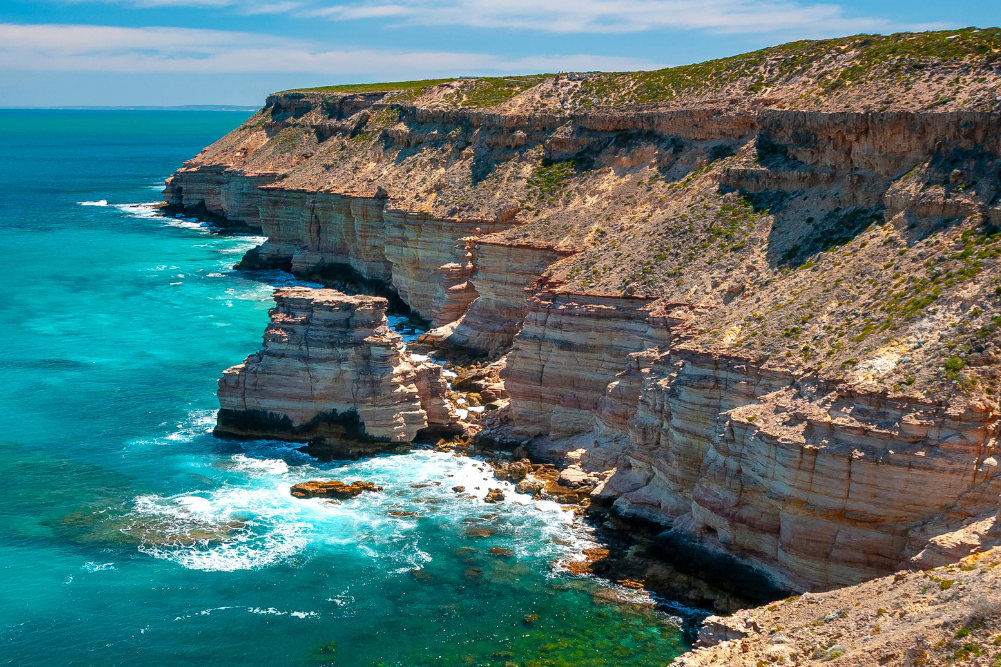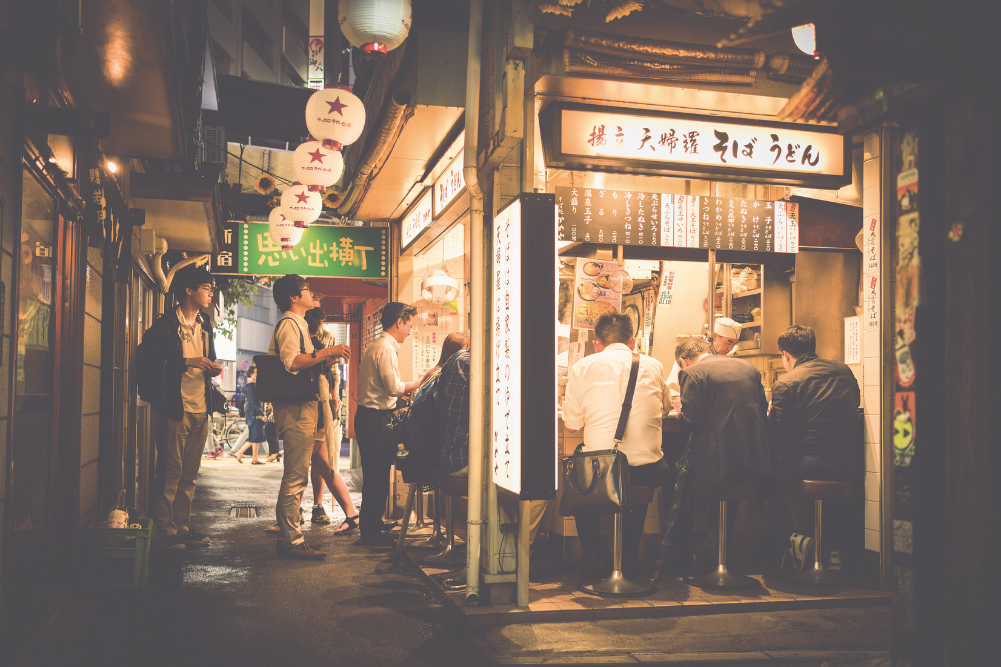Heading to Sri Lanka this year? Add the south coast to your itinerary
Strung out in a swaying hammock, fresh frangipani buds in one hand and a rum coconut in the other, I while away the hours before dinner, too unwound to even pick up a book. I could be surfing or boating among blue whales, or poking around in search of yet another secret strip of sand, but there’s no need: nirvana is right here in Sri Lanka.
After almost a month of long Sri Lankan bus rides, zigzagging a hectic path across the country, I begin to realise that blissed-out, beautiful Marakolliya Beach will be my undoing. Days melt into each other and the slow, easy pace of living, eating and sleeping within easy reach of the sea becomes my new norm.
I wake, stretch and fall into the sea, swim, eat, stroll and laze, sip cocktails on the beach and watch the stars appear: rinse and repeat. There’s a beautiful rhythm to it and, like so many travellers before me, I’ve finally succumbed to the irresistible charm of Sri Lanka’s gorgeous South Coast.
Blissed-out in Tangalle, Sri Lanka
Our family of three beds down at the Starfish Beach Café, a popular backpacker joint but a noisy choice, I soon realise, for a solitude seeker like me. The next day we stroll into Sanjana and throw down our backpacks in a breezy thatched bungalow with ocean views and a tiny $20-a-night pricetag. There’s no sales pitch here (and no English spoken) and the elderly owners appear daily to sweep the verandah and smile. We are utterly undisturbed and it’s glorious.
It takes mere minutes to slip into swimwear and skip across the sand to the water’s edge where we snorkel inside the beach breakwater and bodysurf on beginner waves. Our daily search for the spiciest Sri Lankan cuisine leads us away from the touristy guesthouse cafes and into Tangalle’s tiny town centre, following our noses to a string of bustling curry cafes. Here we sit elbow-to-elbow with locals, slurping mugs of milky tea, all of us noisily tucking into big plates of creamy potato and coconut curries, mopped up with bread and delicious circular noodle nests called hoppers.
We stroll into Sanjana and throw down our backpacks in a breezy thatched bungalow with ocean views and a tiny $20-a-night pricetag.
The mood is happy, spills are expected and remedied with patience, and extra helpings are offered freely. It’s delicious and cheap and we never pay a bill without a beaming cashier filling my daughter’s tiny hands with wrapped sweets.
After our mid-morning feast, we wander through town and invariably end up down by the sea exploring bustling fish markets or climbing high cliffs to take in the sea views. Bare-footed fishermen in chequered sarongs push their skinny outrigger canoes into the surf, paddling beyond the breakers and returning at day’s end to patiently sort their nets on the sand. They bookend long, sunny days that invariably end on the beach, dining by candlelight at tables dug into the sand and sharing chilly bottles of beer.
Beyond the bleached sand beaches, a mangrove-fringed wetlands beckons us into kayaks, and to the east, green sea turtles lumber ashore under the cover of darkness, tirelessly digging nests and laying eggs and rendering each small gathering of tourists utterly spellbound. Understandably, that shady beach bungalow at Tangalle proves rather difficult to leave, but with our visas nearing expiry, we shoulder our backpacks and hit the road.
Out of the blue
A mere two hours of bus travel separates Tangalle from World Heritage-listed Galle to the west, but in true South Coast style, we manage to stretch time, spending six days leapfrogging along the coast before we finally shake off the sand and pass through the fortressed gates of Sri Lankan’s oldest occupied city. Along the way we discover Matara.
As our ageing bus chugs slowly along the seafront of this unlikely tourist destination, we suddenly spy a tiny outcrop, cirqued by sea and topped by a gilded Buddhist temple. On an impulse we grab our backpacks and jump off the bus, spellbound by the sight of Parey Dewa (Rock in Water) and the stream of pilgrims crossing a golden bridge that spans the sea.
We join the procession and abandon our shoes on the other side, climbing a haphazard maze of cool concrete staircases to discover shrines and lotus-filled fish ponds, and pausing to take in the astounding 360-degree views. Saffron-robed monks sit cross-legged in meditation, and prostrate pilgrims offer flowers and hopeful prayers.
We suddenly spy a tiny outcrop, cirqued by sea and topped by a gilded Buddhist temple.
There is more to Matara than meets the eye, so we look for a room and find ourselves at Polhena Beach, scanning the reef-fringed shore for green sea turtles that surface with quiet, distinctive puffs as they refill their lungs. The clear waters betray their movements and the high tide brings them close to the edge of this rocky shoreline.
We sit and watch, enjoying the shade and serenity, and being outnumbered by locals who have nothing to sell us and better things to do. A short stroll away, where the reef arcs out to sea and sand is piled high on a sunny beach, we don snorkels to eyeball the turtles at closer range and drift in the current, scattering schools of fish. The reef isn’t pristine in a way that might impress an Aussie, but the water time is soothing and the sea is our own.
Literally overnight, though, the whole scene changes. We wake to find the country in holiday mode and that once deserted stretch of sand is suddenly playing host to a hundred picnics. There are food sellers and music and reunions everywhere we look. Locals launch gaudy, oversized blow-up toys and float en masse over the reef, flippers hitting masks in a watery, crazy swarm. It’s all good fun but ultimately a little too much.
We leave the madness behind to amble around Matara’s waterfront markets, buying up pineapples and bananas, and make historical sojourn at Star Fort where a solitary crocodile guards what might just be the world’s smallest moat. Our lively guide turns the afternoon on its head and our engaging tour ends yet another surprising day in Matara.
Strolling the fort
The next day at sunrise we jump a bus to Galle, Sri Lanka’s oldest, thriving city — incredibly popular, astonishingly beautiful and humbling in its authenticity. Built by the Dutch (to characteristic perfection) in 1663 and now World Heritage-listed, Galle (pronounced garr-le) harbours immense historical charm within its fortressed walls while effortlessly accommodating a summertime influx of tourists.
The locals lucky enough to call these flagstone streets their own add colour and flair, so much so that Galle has become something of a sanctuary for cutting-edge Sri Lankan art, design and food. For tourists, that means plenty of great galleries and wine bars, ocean-view cafes and boutique hotels that occupy some of the oldest addresses in town.
Yet what makes Galle really interesting is the ordinary daily rituals that keep things real: the kids bouncing home from school, the three-wheelers ferrying shoppers from the markets and, at dusk, the street sellers hawking deep-fried discs of spicy lentils and curried potato samosas, Sri Lanka’s favourite beer snacks.
At sunrise we climb to the top of the fort, strolling high stone walls for ever-improving views from Star, Moon and Sun Bastions, and spy a hidden swathe of sand down below where we join giggling schoolgirls dipping toes in the cool, green sea. As the day begins we disappear into twisting backstreets, pocket our phones and discover by chance the oldest cafe in Galle.
Where the reef arcs out to sea and sand is piled high on a sunny beach, we don snorkels to eyeball the turtles at closer range.
Eighty-five years after her father opened Galle’s National Tea Room, Mrs Silva and her husband continue to serve the most authentic cuppa in town. The tea is especially good, brewed by Mr Silva for a tiny 50 cents a cup and teamed with lovely homemade biscuits and all sorts of advice about the comings and goings of Galle.
Armed with Mrs Silva’s to-do list we wander on, ticking off museums and mansions, getting lost and finding great eats, and finally climbing to Flag Rock to watch the locals watching the sun go down. When a sudden tropical rain shower scatters the crowd, we snap up delicious spicy bites and devour them with cold ales as the beam from Galle’s landmark lighthouse brightens the view.
Beyond Galle the road beckons us north to Colombo and a new adventure a long way away, but before we check our bags there is just enough time for a few days surfing at Hikkaduwa. As Sri Lanka’s most popular surf break, Hikkaduwa is a squash and a squeeze — over-populated and far too noisy to conjure relaxation — so we join the party, order a round of cocktails and get rowdy, too.
The beach vibe is fun and the waves at Wewala are pumping, but our accommodation is overpriced and past its prime, and leaves me hankering for another stint back on the sleepy South Coast.
Offering us beach life in all its guises, Sri Lanka’s accommodating and oh-so-affordable South Coast is like India without the crowds and as easygoing as Thailand 20 years ago. And, although surfers, beach-lovers and hammock-dwellers have been “discovering” this surprising slice of paradise for decades, the pace remains mellow and the experience authentic. The only hazard in time spent here is that you’ll find it rather difficult to leave.
Escape routes in Sri Lanka
Getting there
Air Asia flies from Sydney, Melbourne, Gold Coast and Perth to Colombo via Kuala Lumpur. 30-day online tourist visas cost US$35 for adults (kids under 12 years enter for free). Apply here.
When to go
Expect great weather, crowds and peak season prices from December to April (avoid the June–September monsoon). Beds are easier to find in May and November.
Where to stay in Sri Lanka
In Tangalle, try the recycled decor rooms at eco-friendly Serein Beach (from AUD$55/night). In Galle, Fortaleza runs five premier boutique hotels, priced from AUD$200/night.
Don’t miss in Sri Lanka
Aurudu (New Year’s Eve) on April 13; blue whale-watching in Mirissa (December to March); Galle’s Literary Festival in January and green and hawksbill turtles nesting on Rekawa Beach from April to September.
More information about Sri Lanka
To plan your trip and get inspired, visit here and book stays here.








